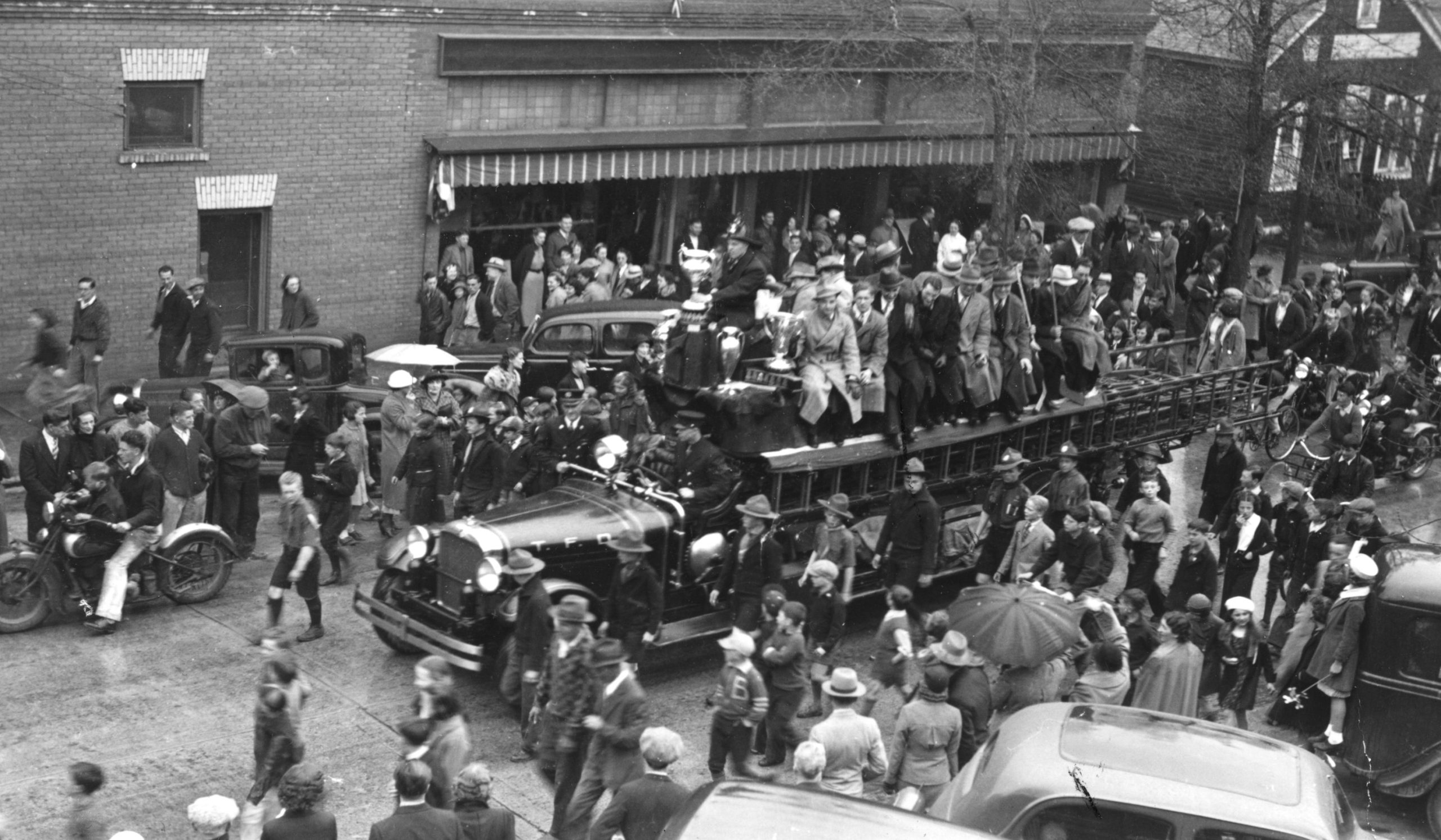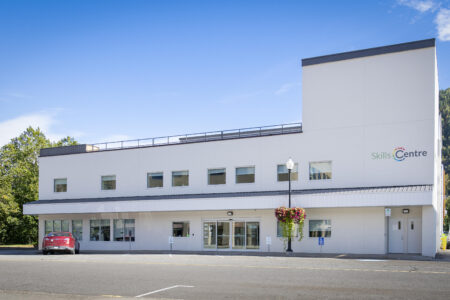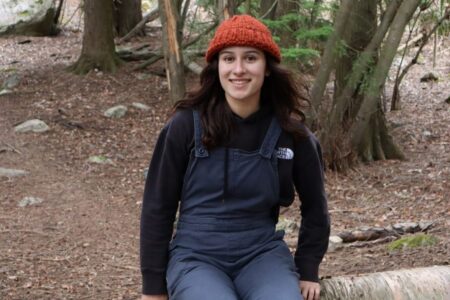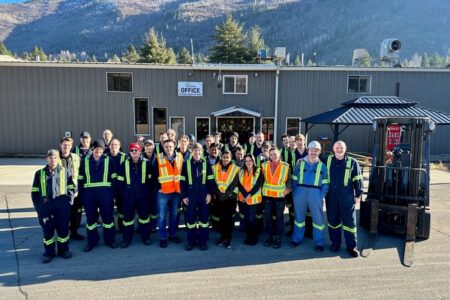Partnering in Community: Investment Creates Lasting Impact
Teck Trail Operations is proud to commemorate 125 years of continuous smelting with an eight-part series that explores the company’s significant role in the region and industry, from the gold rush to becoming one of the world’s largest fully integrated zinc and lead smelting and refining complexes. Since 1896, visionary leadership, generations of skilled employees, adaptation, and industry-leading technological advancements in mining and smelting have helped the company achieve long-term success. Please enjoy this series that celebrates our legacy as Champions of Innovation.
During the 1920s, the company’s profits grew and the workforce climbed to 2,500 employees. Teck Trail Operations began expanding and maturing and Selwyn Blaylock, who would rise through the company’s ranks to become President in 1939, gloried in the success of the city and the business. To him, the city of Trail was an extension of the company. His leadership influenced investment in community projects and he took particular interest in the welfare of employees and local citizens.
From the early days, the company did everything possible to establish Trail’s reputation as a city of opportunity. Company leaders prioritized fostering world-class sports teams for the ‘Home of the Champions.’ Most notable was hockey, with the Trail Smoke Eaters winning the World Championship in 1939. The victory scene is commemorated today in a mural at the team’s venue, the Trail Memorial Centre, which the company built and donated to the city in November 1949.
As the company’s business boomed and Trail’s population swelled, citizens required more amenities, services, and cultural outlets. Education was extremely important to the company’s engineers and their families, so the city opened Central School—the first large elementary-to-senior-grade school—in 1911; the growing student body later necessitated a high school and neighbourhood elementary schools. The city slowly replaced theirwooden, false-front buildings with modern structures such as the Knights of Pythias Hall, Crown Point Hotel, and City Hall, which became community pillars.
The company embraced the progress and broadened its scope to real estate. By 1922, Tadanac was incorporated as a company-owned district, and by 1938, the company had established a 316-lot subdivision in Warfield that was sold to employees. They also provided land for the Trail-Tadanac hospital and nurses’ residence, which were located at the foot of the smelter hill, built and ran the Company Store, and funded the first Legion Hall.
Gestures of goodwill for employees included such initiatives as milk tokens from its dairy farm, bags of fertilizer from its plant in Warfield, Christmas turkeys, prepaid medical and hospital care, house loans, and support for employee benefit societies.
“The company and Trail were really one and the same, in my opinion,” says former Trail Mayor Dieter Bogs. “Since we were so isolated, the company did everything in order to make sure we had a name in the world.”
Bogs, a chemical engineer from Germany, was drawn to Trail in ’61, seeking a career with the company that went on to span over 35 years. He still recalls filling out an evaluation form that asked what the new hires intended to do for their community. It was this paternal mentality that had company leaders filling school trustee positions, council chambers, and seats in grassroots organizations.
While the company invested in the city’s infrastructure, immigrants established their homes and customs. Cultural entertainment such as Robbie Burns Night for the Scottish community, Italian masquerade dances at the Colombo Lodge, and Chinese New Year festivals gave the city a lively flair. Third and fourth generation descendants of these immigrants still live in Trail, and continue to celebrate these traditions.
Early investment in the Silver City created a relationship between Teck Trail Operations and the community that remains robust to this day.


























